The Truth Behind the Sparkle: How Moissanite and Diamond Really Compare
Choosing an engagement ring is one of the most exciting—and confusing—decisions you’ll ever make. For decades, the choice was simple: a diamond. But today, a brilliant and beautiful challenger has taken center stage: moissanite.
Both are clear. Both are dazzling. Both will last a lifetime. But they are fundamentally different gemstones.
Is one "better" than the other? Is moissanite a "fake diamond"? (Spoiler: no).
If you’re torn between the tradition of a diamond and the modern allure of a moissanite, this is the honest guide you need. We're breaking down everything—the sparkle, the durability, the price, and the perception—to help you find the stone that’s truly right for you.
The 60-Second Breakdown: Moissanite vs. Diamond
|
Feature |
Diamond |
Moissanite |
|
The Look |
Crisp, balanced white light (brilliance) & rainbow flashes (fire). |
Extreme, fiery "disco ball" rainbow flashes. |
|
Hardness |
10 / 10 (Hardest natural substance). |
9.25 / 10 (Harder than sapphire; 2nd hardest gem). |
|
Color |
Graded D-Z (Colorless to Light Yellow). |
Graded "Colorless" (D-F) to "Near Colorless." |
|
Source |
Mined from the earth or grown in a lab. |
Grown in a lab (natural moissanite is meteor dust). |
|
Price |
The standard of high value. |
Approx. 10-15% of the cost of a diamond of similar size. |
What is a Diamond? The Timeless Classic
A diamond is the ultimate symbol of tradition. It’s pure, crystallized carbon, formed deep within the earth over billions of years. Its unmatched hardness (a 10 on the Mohs scale) and its unique ability to handle light (a perfect balance of brilliance and fire) have made it the go-to stone for engagement rings.
Today, you have two choices:
-
Mined Diamond: The traditional stone, sourced from the earth.
-
Lab-Grown Diamond: Physically and chemically identical to a mined diamond, but created in a lab. It’s a real diamond in every way, just with a different, more sustainable origin.
What is a Moissanite? The Celestial Challenger
Moissanite has the best origin story in jewelry. It was first discovered in 1893 by a French scientist, Henri Moissan, in a meteor crater in Arizona. He thought he’d found diamonds, but later realized it was a new mineral: silicon carbide.
Natural moissanite is impossibly rare (it literally comes from stars), so all moissanite used in jewelry today is lab-created.
The Most Important Point: Moissanite is not a "fake diamond" or a diamond simulant. It is its own, distinct gemstone, just as a sapphire or ruby is. A "fake" like Cubic Zirconia (CZ) is soft and will cloud over time. Moissanite will not.
The Head-to-Head Comparison
1. Sparkle: The "Disco Ball" vs. The "Deep Flash"
This is the most obvious visual difference.
-
Moissanite has double refraction. When light enters the stone, it bends and splits in two, creating an intense, fiery, rainbow flash. If you love bold, "disco ball" sparkle, you will love moissanite.
-
A Diamond has a single refraction. It reflects light with a more balanced, crisp sparkle, giving you a mix of white light (brilliance), rainbow flashes (fire), and dark/light contrast (scintillation).
Verdict: This is 100% personal preference. Do you want more sparkle (Moissanite) or classic sparkle (Diamond)?
2. Durability: Will It Last a Lifetime?
Yes, both will.
-
Diamond: A 10 on the Mohs scale of hardness. It is the hardest known natural material and can withstand almost anything, making it perfect for everyday wear.
-
Moissanite: A 9.25 on the Mohs scale. This is incredibly durable. It's harder than any other gemstone used in jewelry besides a diamond (it's harder than sapphires and rubies, which are a 9). It is absolutely tough enough for a lifetime of daily wear.
Verdict: A diamond is technically harder, but in the real world, both stones are built to last forever.
3. Color: The "Whiteness" Factor
Both stones can be brilliantly white, but they are graded differently.
-
Diamond: Graded on a D-Z scale, where D is "colorless." A high-quality D-F colorless diamond is the most sought-after and expensive.
-
Moissanite: Not graded on the diamond scale. High-quality modern moissanite (like the Charles & Colvard Forever One line) is created to be "colorless" and is equivalent to a D-F diamond. Cheaper, older moissanite could have a slight yellow or greenish-gray tint, so it's essential to buy from a reputable seller.
Verdict: Top-quality moissanite today is just as icy-white and colorless as a top-quality diamond.
4. Price & Value: The Budget-Changer
This is the biggest difference.
-
Moissanite: A moissanite will cost a fraction of a diamond of the same size. You can expect to pay about 10-15% of the price. This allows you to get the large, high-quality "dream stone" you want without the massive financial investment.
-
Diamond: The price is based on the 4 C’s (Cut, Color, Clarity, Carat) and increases exponentially with size. Diamonds hold traditional "resale value," though this is often misunderstood (you will almost never sell a diamond for what you paid at retail).
Verdict: If your priority is maximizing your budget to get a large, beautiful, and durable stone, moissanite is the clear winner.
The Final Verdict: Who Should Buy Which?
There is no "better" stone—only the better stone for you.
You Should Choose a DIAMOND if...
-
Tradition is important to you. You value the classic symbolism and history that only a diamond can offer.
-
You want the "classic" sparkle—that deep, balanced brilliance that isn't too fiery.
-
The prestige and traditional "value" of a diamond are part of its appeal for you.
-
You are pairing it with existing diamond jewelry and want the sparkle to match perfectly.
You Should Choose a MOISSANITE if...
-
You are budget-conscious. You want a stunning, large stone without starting your marriage in debt.
-
You love sparkle. You want the most fire and brilliance possible—the "wow" factor.
-
Ethics and sustainability are your top priority. As a 100% lab-created stone, it has no mining or conflict associated with it.
-
You love the idea of a modern, unique, and "celestial" gem that stands on its own.
Ultimately, the best choice is the one you’ll be thrilled to look at on your hand, every single day.
Ready to explore your options?
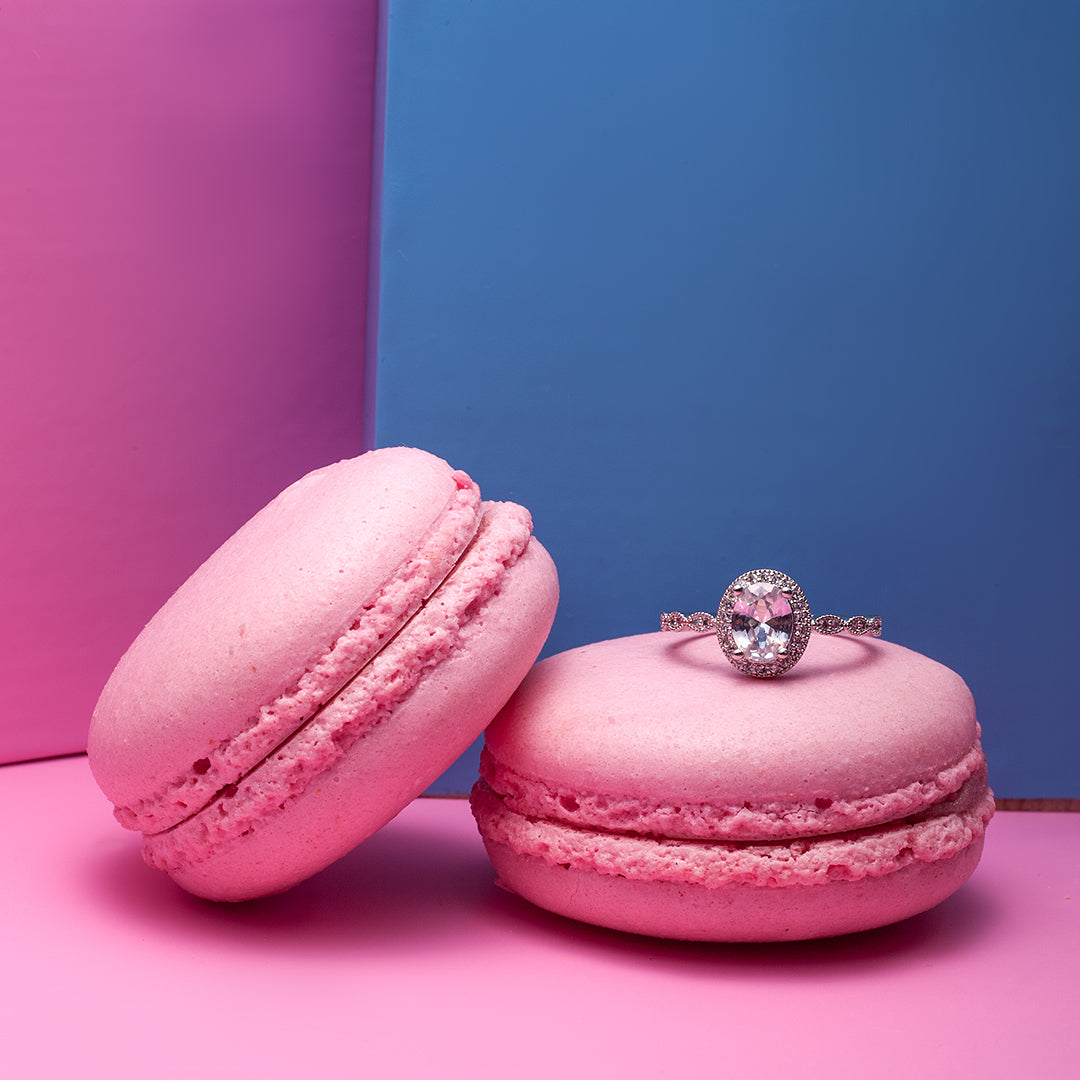
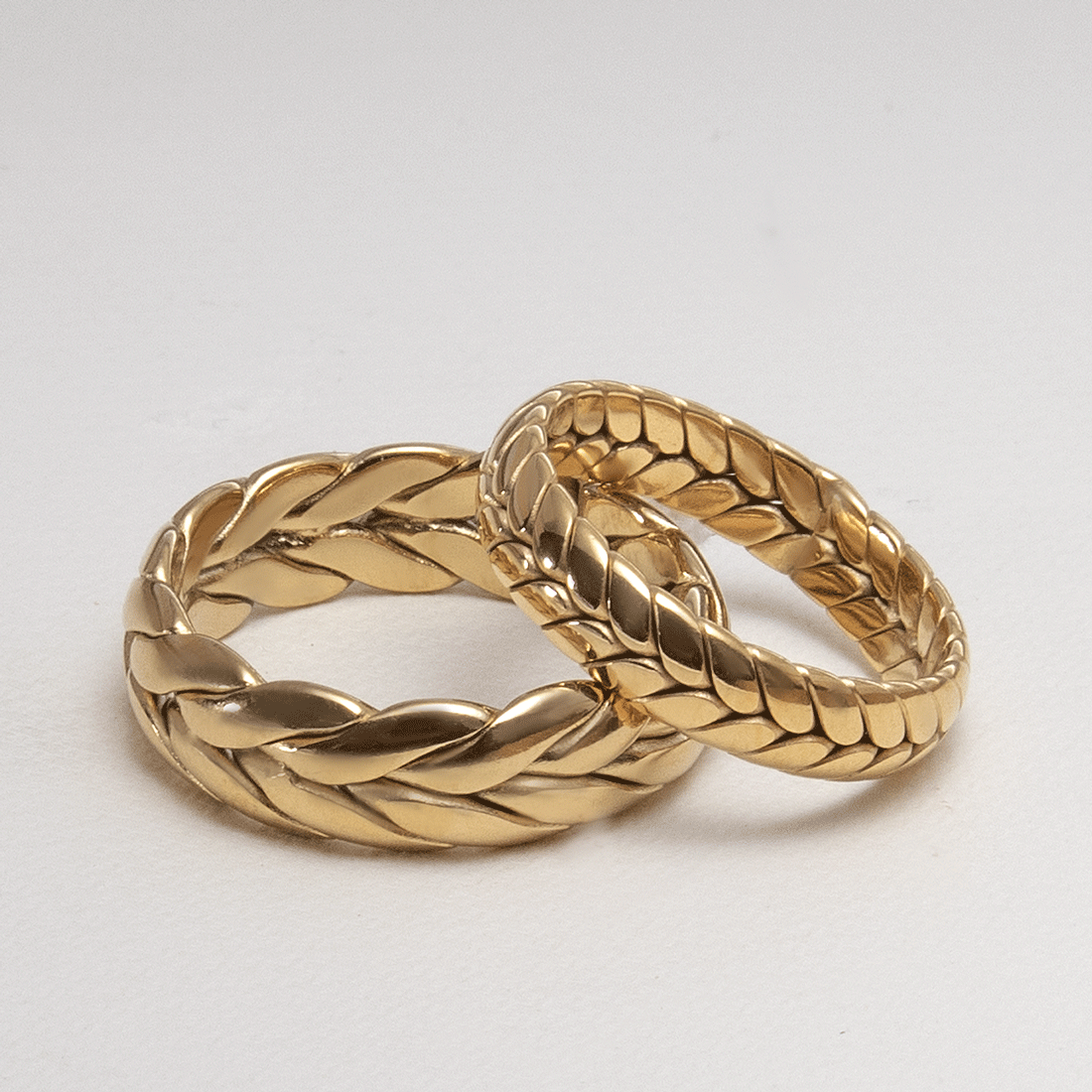
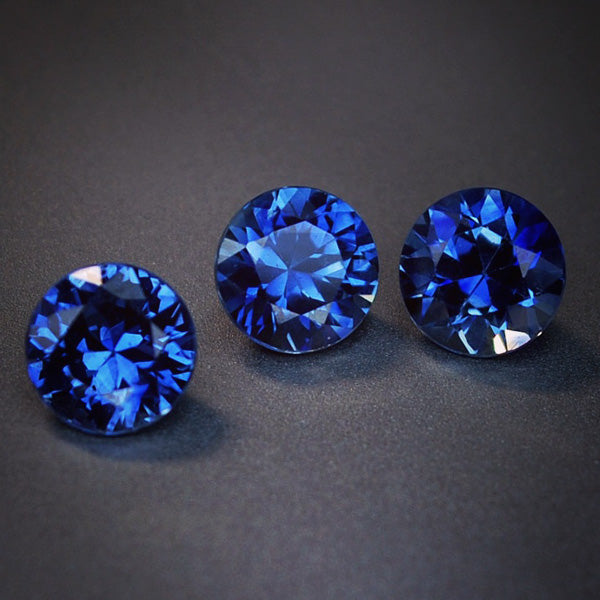
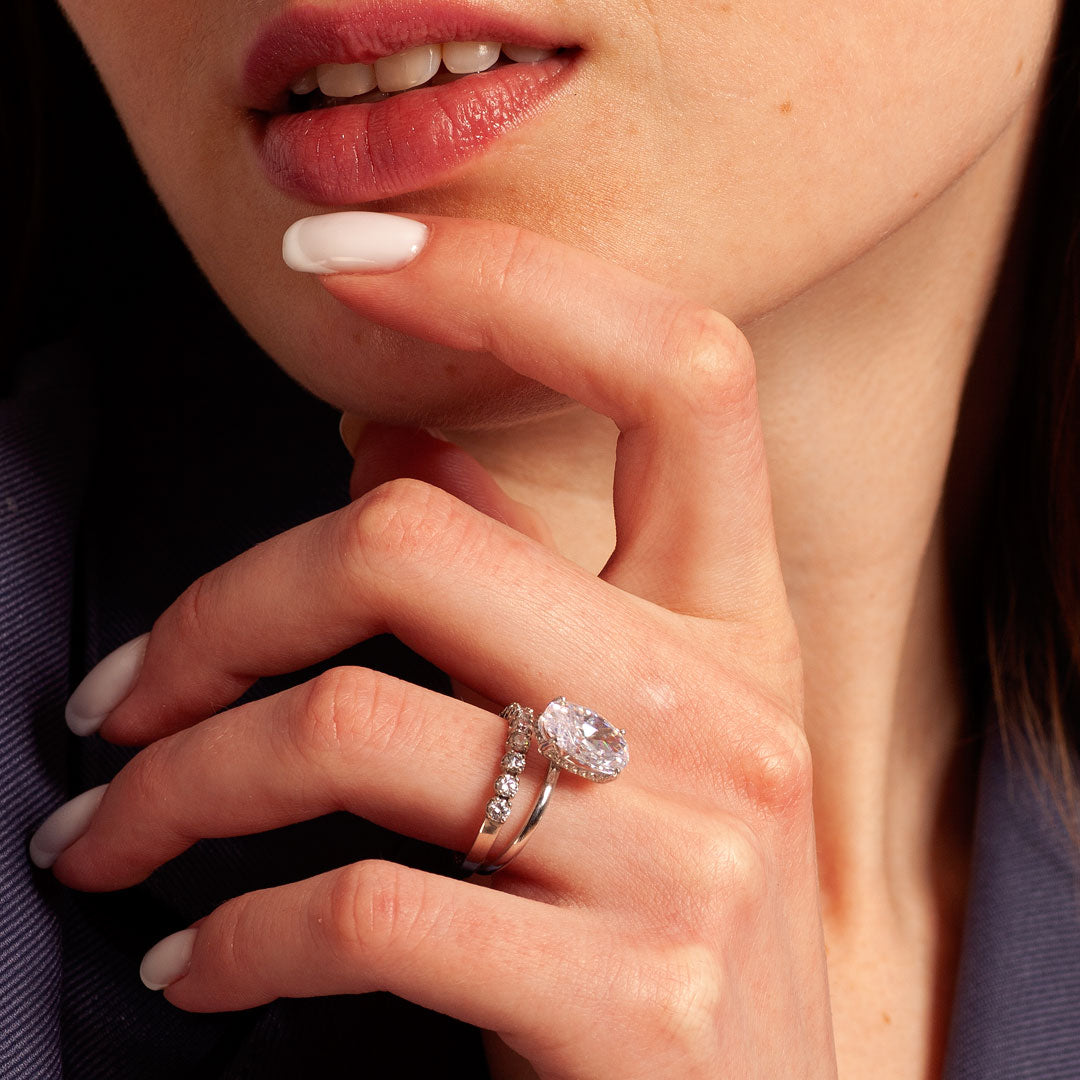

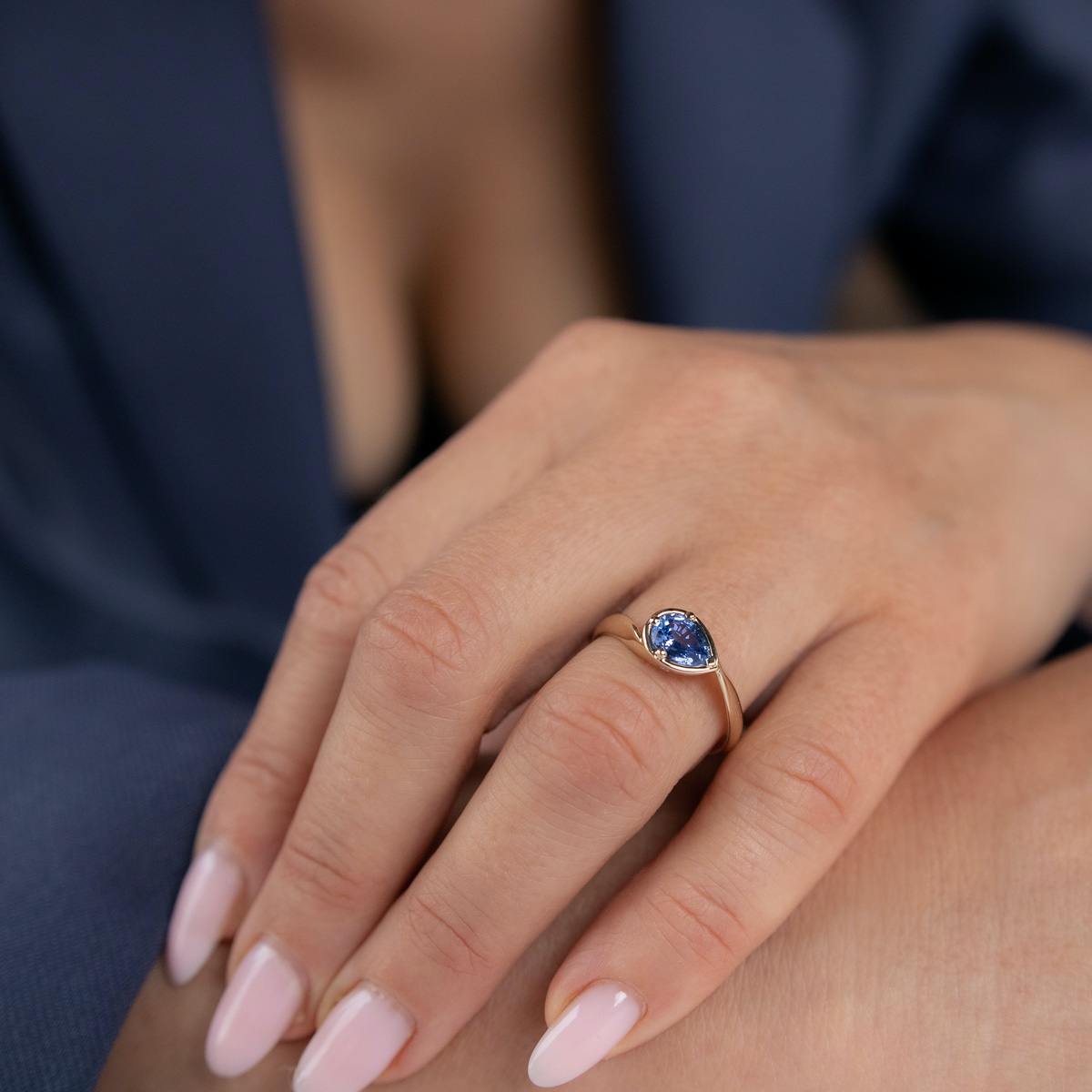
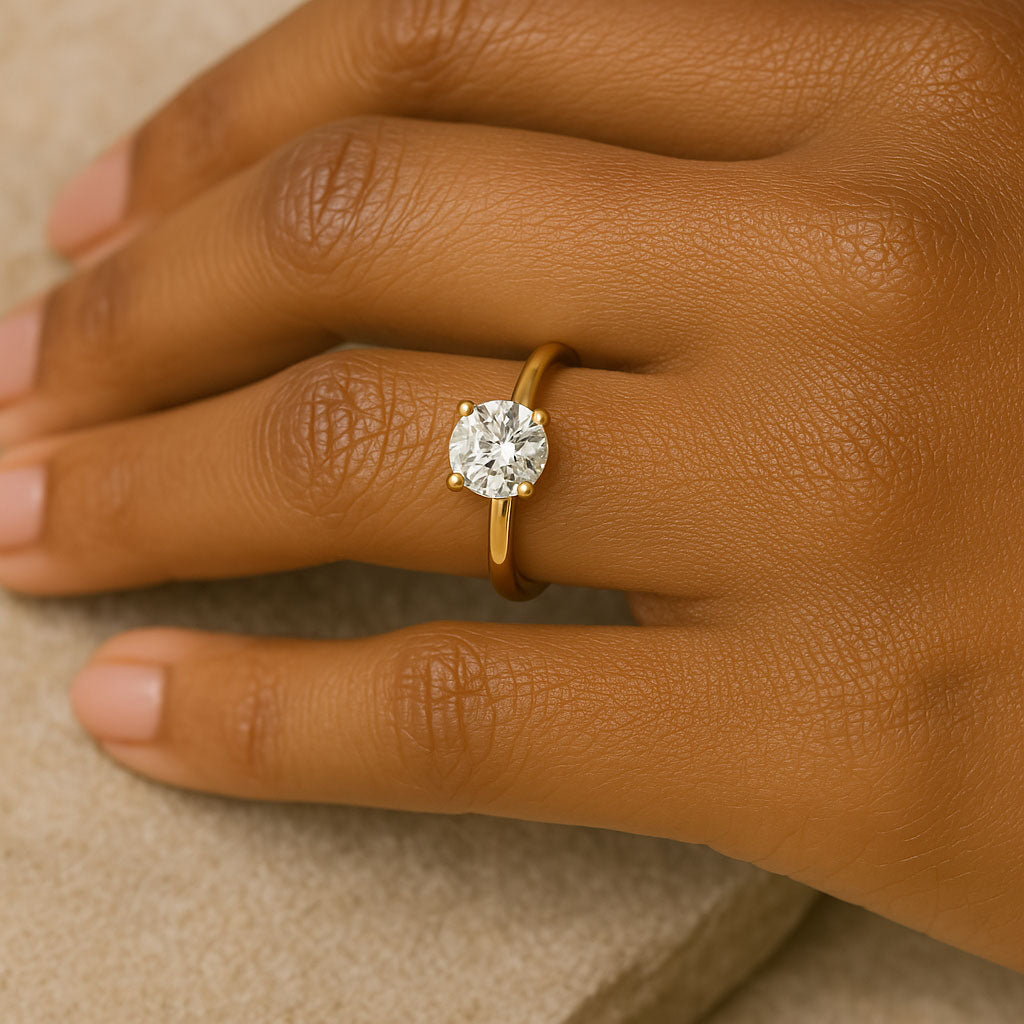




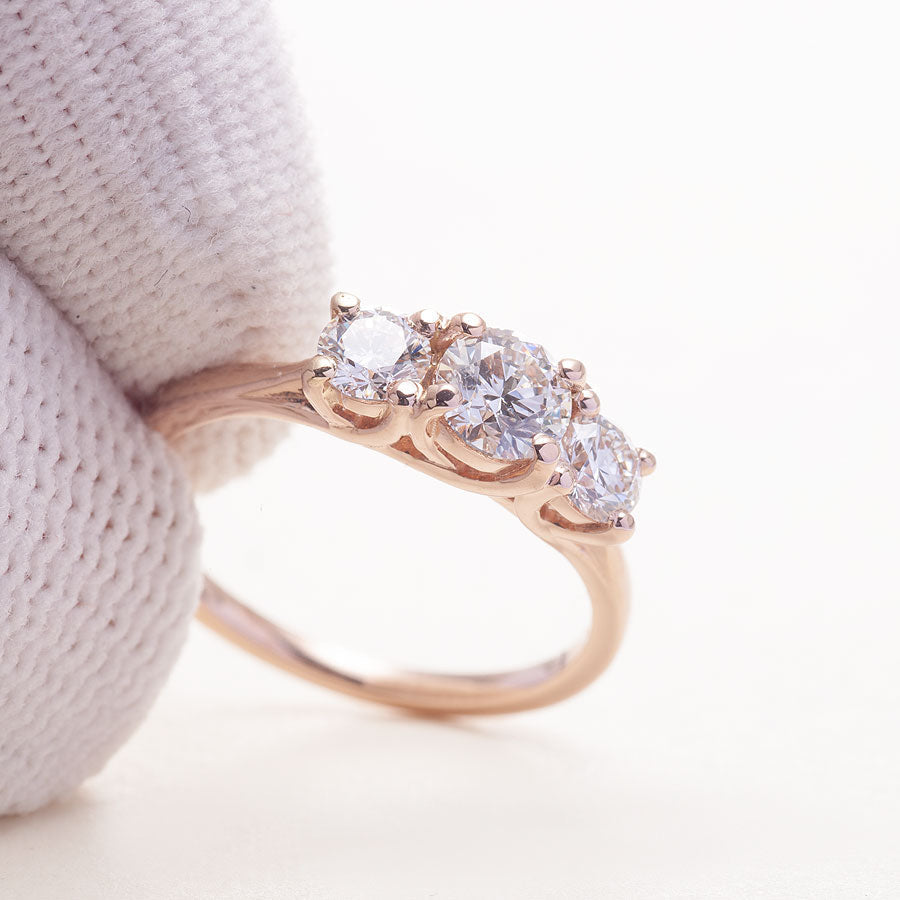
Leave a comment
This site is protected by hCaptcha and the hCaptcha Privacy Policy and Terms of Service apply.